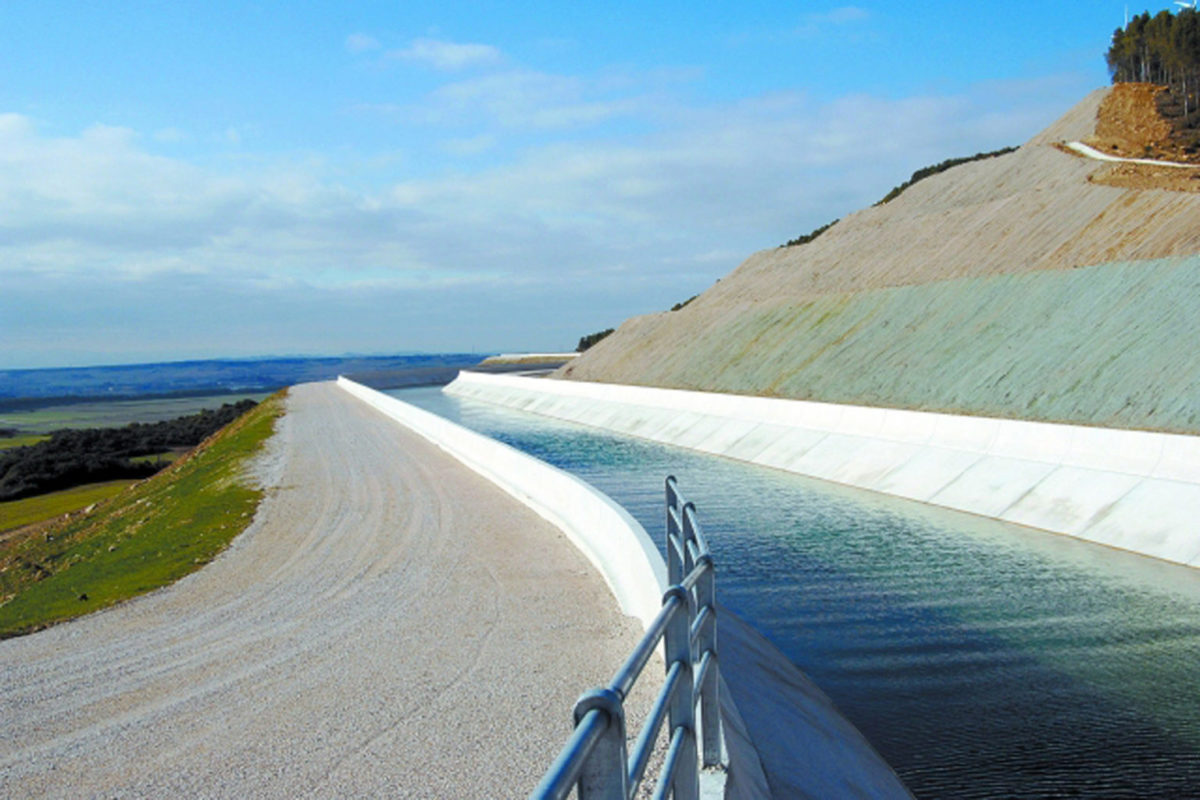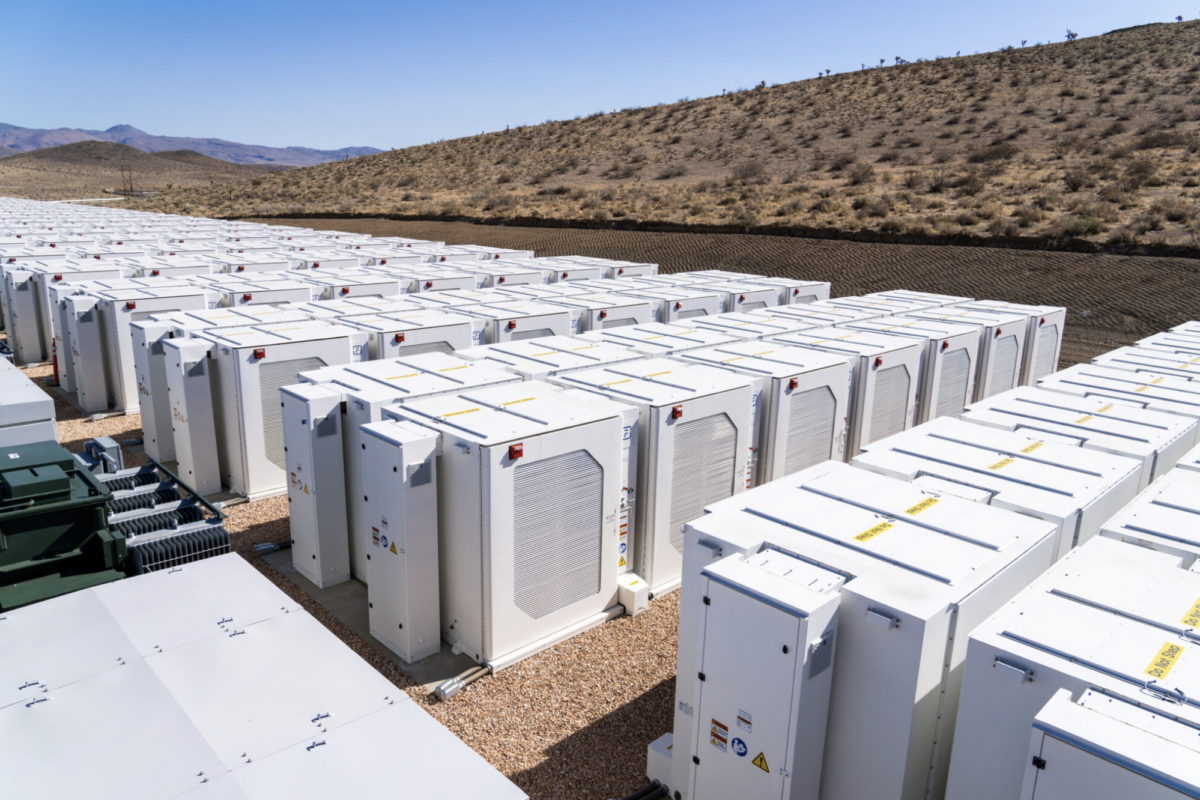From pv magazine Spain
The environment minister of the Navarra regional government, Itziar Gómez, announced last week in Brussels that the 160 MW project proposed by Spain's National Association of Photovoltaic Energy Producers (Anpier) to generate sustainable electricity by covering with solar panels the Navarra Canal, one of the country's largest artificial irrigation canals, was now moving forward.
According to her, the regional administration is currently considering the construction of a pilot photovoltaic array with an initial length of 9 km, which would ensure the supply of green electricity to cover the demand of 52% of the buildings of the regional government. The solar plant is expected to reach a total length of 198 km.
“We already have a preliminary economic feasibility study prepared by the Industry Association of Navarra for this pilot section, which should generate around 28.5 GWh a year,” Gómez said, noting that the study also assessed the plant construction and operation costs. “The project is economically viable.” He added that the project would also receive an unspecified form of support from the European Union.
Anpier said in September that the project was replicable in all channels with similar characteristics that exist in all the autonomous communities of Spain. “At Anpier, we have been supporting small and medium-sized photovoltaic installations and asked that they be implemented in places where distribution and transmission networks are more efficient, where existing infrastructures can be used, or in places that do not present natural heritage or without specific agricultural use, where the installations do not alter the natural habitats and farmland,” the association said.
Large scale solar projects on canals are proliferating across the world. Recent projects were announced in India, France, United States, and Pakistan, among others. These projects provide electricity without occupying land and reducing water evaporation.
This content is protected by copyright and may not be reused. If you want to cooperate with us and would like to reuse some of our content, please contact: editors@pv-magazine.com.




I would like the state of Idaho USA to have Pv covered canals. They could power pumps, cell towers and hiway lighting.